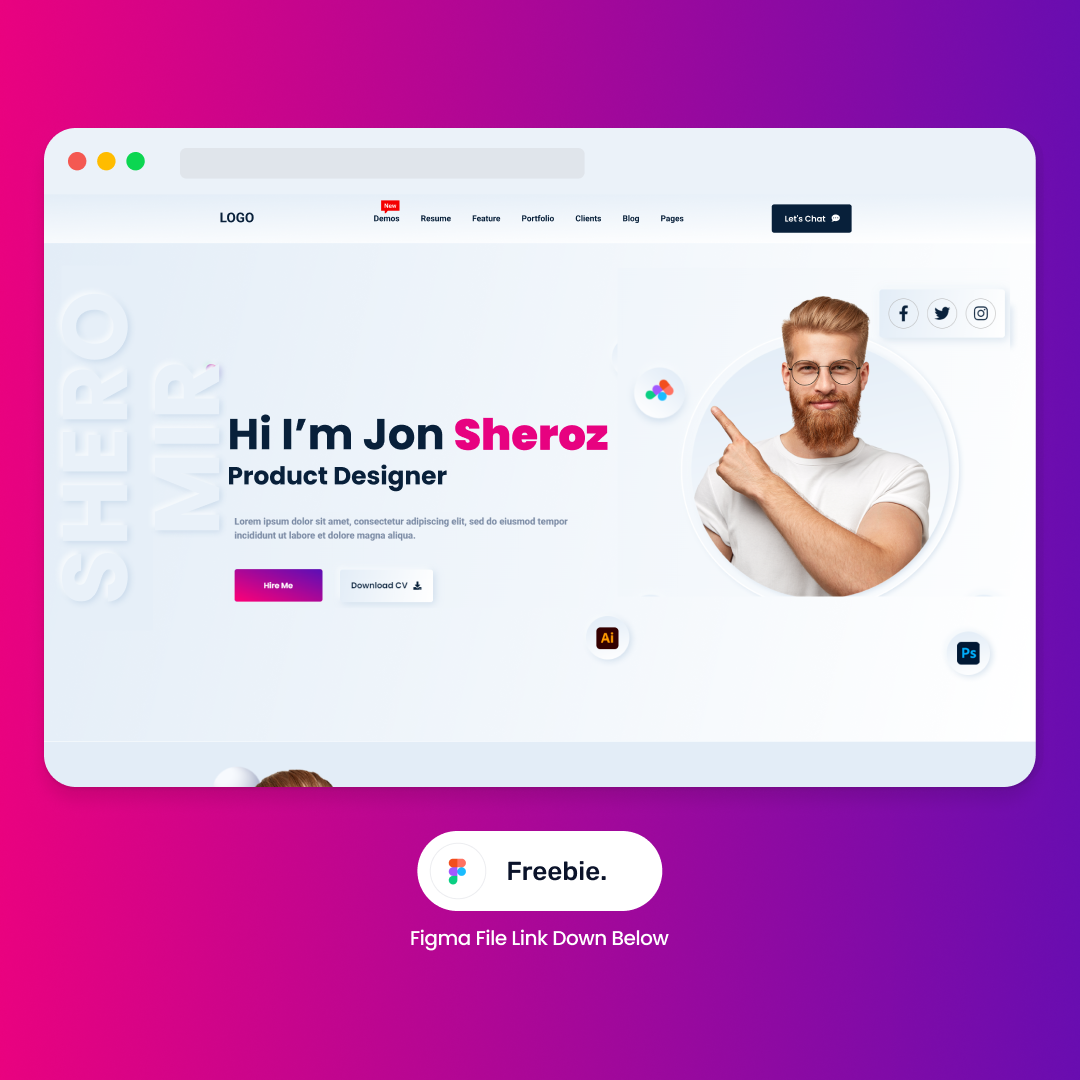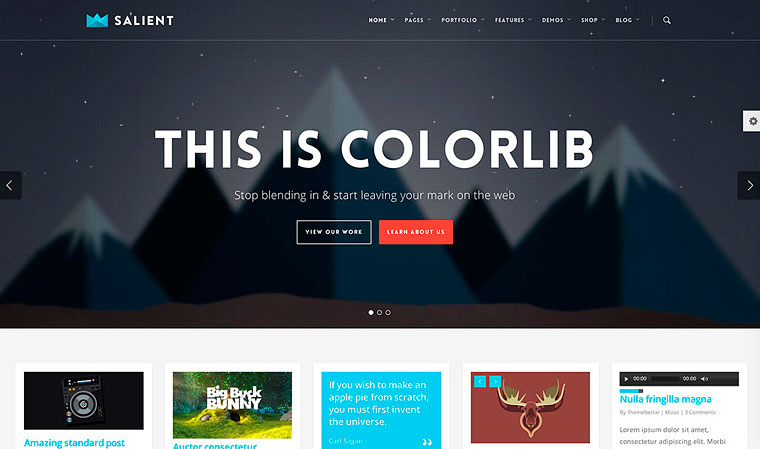The Ultimate Guide to Modern Web Design: Tips, Tools, and Trends
The Ultimate Guide to Modern Web Design: Tips, Tools, and Trends
Blog Article
Comprehending User Experience: Trick Principles for Effective Website Design
In the realm of internet layout, comprehending user experience (UX) is critical to creating systems that not just attract however likewise maintain customers. Trick concepts such as instinctive navigating and reliable responses devices play crucial roles in fostering user contentment. Additionally, considerations for accessibility ensure that all users can involve with the web content flawlessly.
Relevance of User Experience

In the world of web layout, one can not undervalue the importance of customer experience (UX) as a pivotal component that directly affects the success of a site. When customers experience a interesting and intuitive user interface, they are much more most likely to explore the material, transform into consumers, or share their experiences with others.
It incorporates the total functionality of a website, guaranteeing that navigating is smooth and information is easily available. Web sites that focus on UX are usually regarded as even more qualified and credible, which can have an extensive influence on conversion rates.
Ultimately, purchasing individual experience is not just a layout option; it is a tactical choice that can set apart a brand in a crowded market. By concentrating on UX, companies can create significant interactions that resonate with users, paving the way for sustained success in the electronic landscape.
Use Concepts
Efficient web style rests on the application of crucial functionality principles that make sure a web site is both practical and easy to use. Central to these concepts is the principle of intuitiveness, where users can browse the website effortlessly without comprehensive instruction. Clear navigating frameworks, consisting of constant layouts and well-labeled food selections, boost this user-friendly experience, allowing customers to find information promptly.

Uniformity is similarly important; maintaining uniformity in design elements, terminology, and treatments throughout the site assists to decrease confusion. Individuals should not need to relearn how to interact with different areas of the web site.
Furthermore, mistake prevention and recovery are important for functionality. Websites need to be developed to minimize the opportunity of individual errors, and when blunders happen, clear and constructive error messages need to direct customers towards resolution.
Availability Factors To Consider
Making certain accessibility in internet style is paramount for producing inclusive digital experiences that deal with all users, including those with impairments. Availability factors to consider involve developing websites that suit diverse needs, making it possible for users with visual, acoustic, cognitive, or motor disabilities to navigate and interact efficiently.
To attain this, web designers need to follow established standards, such Read Full Article as the Internet Web Content Access Guidelines (WCAG) These guidelines give a structure for making content perceivable, operable, reasonable, and durable. Trick practices include making sure enough color contrast, supplying message choices for non-text content, and guaranteeing key-board navigability.
In addition, semantic HTML must be made use of to enhance screen reader compatibility, allowing individuals with visual disabilities to understand the framework and definition of web content with ease. web design. Providing clear, concise instructions and using straightforward language can additionally improve functionality for people with cognitive specials needs
Routine access testing, entailing actual customers with disabilities, is important to recognize barriers and enhance the customer experience. By prioritizing availability, web designers not only follow legal standards but also foster a more fair electronic landscape, eventually benefiting every person via improved functionality and engagement.
Visual Style Aspects
A myriad of visual layout elements plays an essential duty in forming individual understandings and experiences on a website. These aspects consist of color design, typography, layout, whitespace, and images, each adding to the general aesthetic appeal and performance of a website.

Color pattern stimulate emotions and can influence user activities; as an example, warm shades might create a feeling of seriousness, while great colors additional hints typically promote peace. Typography, on the various other hand, affects readability and can develop a brand's personality - web design. The selection of font style and dimension need to align with the internet site's goals and target audience
Images, including symbols and photos, boosts narration and can considerably influence individual engagement. Top quality visuals produce a sense of professionalism, while poor-quality photos may interfere with the click this link user experience.
Design and whitespace are equally crucial, as they guide individuals via the material. A well-structured format aids users locate info swiftly, while appropriate whitespace protects against clutter, facilitating a more delightful surfing experience.

Checking and Iteration
User testing and model are basic components of an effective internet design procedure. Individual screening includes observing how actual customers communicate with a web site, recognizing usability issues, and comprehending customer actions.
Iteration, on the other hand, is the procedure of improving the design based on the understandings obtained from customer testing. By making incremental changes and re-evaluating the style, teams can improve performance, improve visual appeals, and enhance individual interaction. This intermittent technique cultivates a society of continual renovation, permitting developers to adjust to customer demands and arising patterns successfully.
In addition, incorporating both customer screening and version into the design process leads to more informed decision-making and ultimately causes an extra user-centered item. By welcoming these concepts, internet designers can develop extra instinctive, interesting, and effective experiences that resonate with their target audience, ultimately driving greater customer contentment and retention.
Final Thought
To conclude, customer experience is a critical component of reliable internet design, encompassing use, availability, and aesthetic factors to consider. Complying with well established principles boosts individual complete satisfaction and engagement, cultivating a much more inclusive on-line atmosphere. Continuous screening and iteration act as crucial processes for recognizing and dealing with user discomfort factors, making certain that web layouts stay versatile to progressing demands. By focusing on these elements, internet developers can create user interfaces that not just meet customer assumptions yet likewise promote enduring links.
In the world of internet design, recognizing user experience (UX) is vital to developing systems that not only attract but likewise maintain customers.In the world of internet design, one can not ignore the relevance of individual experience (UX) as a crucial component that directly influences the success of a website. User testing involves observing exactly how genuine individuals engage with a web site, recognizing use concerns, and recognizing user behavior.In conclusion, user experience is an essential part of reliable internet layout, incorporating use, access, and visual factors to consider. Continual screening and version serve as important procedures for determining and addressing user pain points, ensuring that internet styles stay adaptable to evolving demands.
Report this page